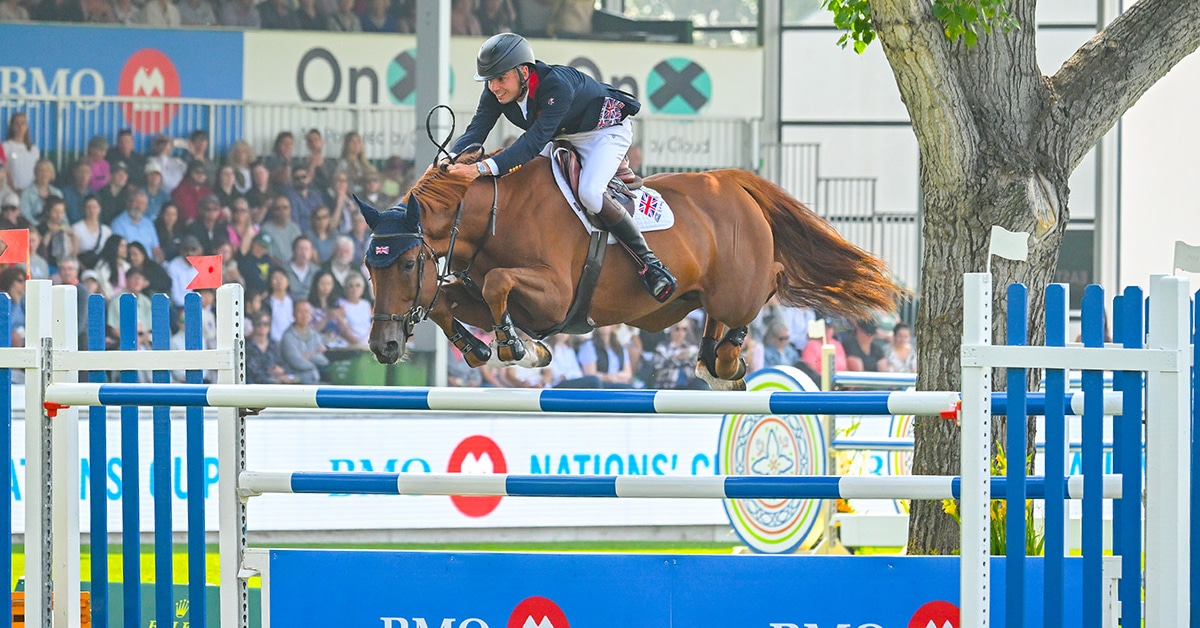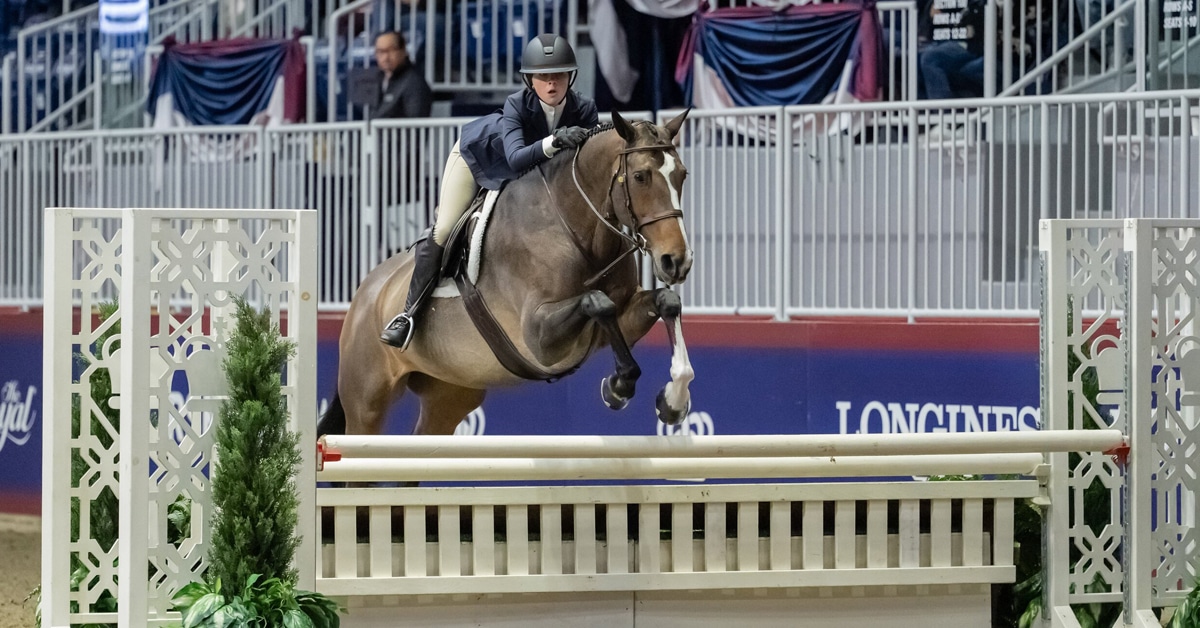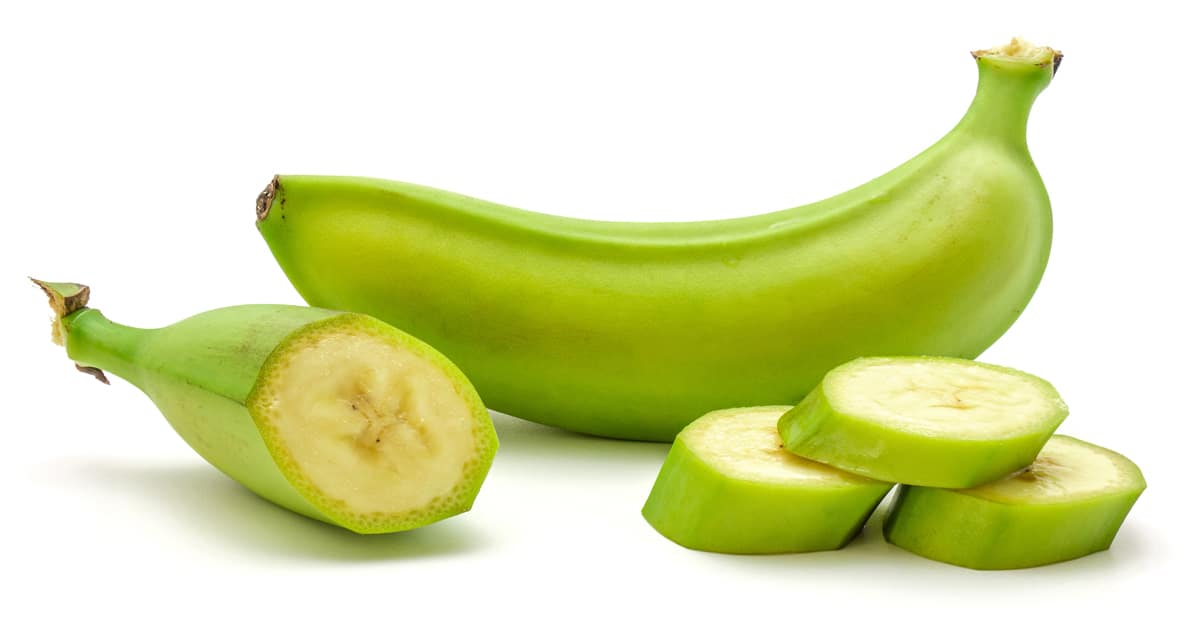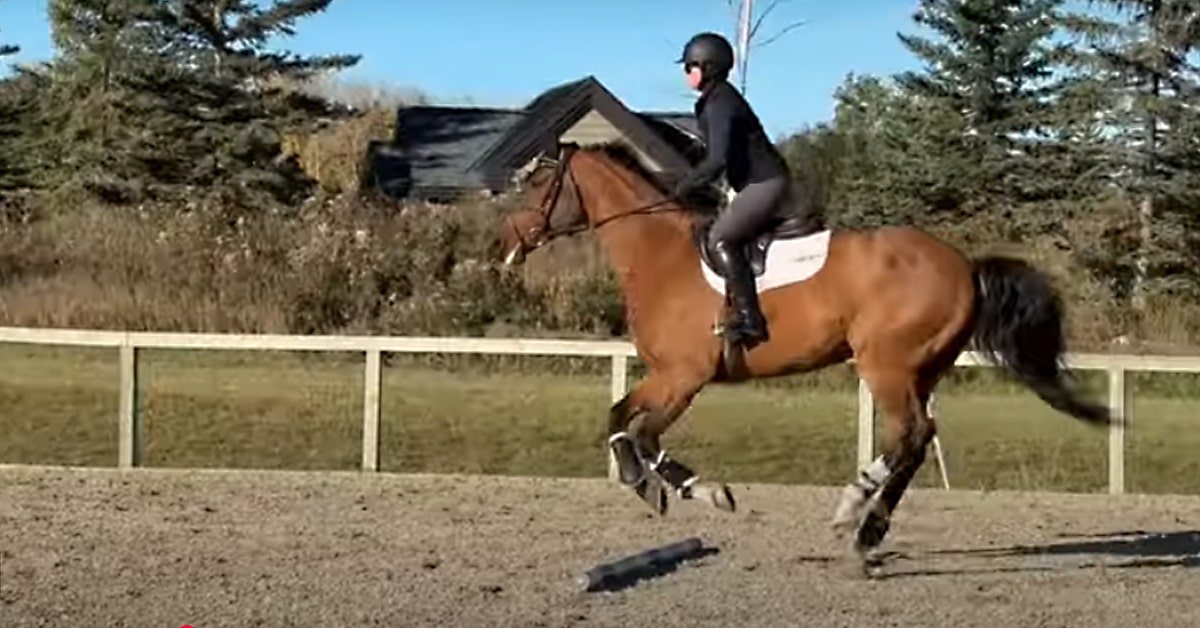Many years ago, when I was between contracts as a research psychologist, I spent a couple of summers braiding hunters and equitation horses throughout the wee small hours of the night. There was nothing a braider hated more than dealing with the next horse on the list and facing a mane that was far too long and thick to ever become the expected row of 35 to 40 tiny uniform braids running along the horse’s neck. The mane would have to be pulled before being braided, guaranteeing that the horse would be made as uncomfortable as possible – a long pulling session resulting in a tender scalp which would then be tied into tiny, tight knots for the next 24 hours or longer.
Until we abolish the fashion of the typical North American braids sported in the hunter and equitation divisions, pulling will be necessary. Having spent many of my younger years as a professional groom, I know that there are ways to pull a mane that cause less distress than others. Keeping the mane “hunter braids ready” continuously, by doing little bits often, (after a ride when the horse is sweaty and the pores are open), pulling only a few hairs at each pull (no comb wrapping and yanking please), moving from withers to poll rather than vice-versa, and using combined reinforcement – a combination of rewarding by removing something aversive, (negative or removal reinforcement) and simultaneously rewarding with treats (positive reinforcement) can make mane pulling more bearable.

Ronan seems to find his comb-and-scissor trim courtesy of Elena Lauren quite relaxing! (Alison King photo)
Often a horse’s reactivity to mane pulling is based on a prior history of a more brutal approach, which can be turned around with less painful pulling and systematic combined reinforcement training (see below).
There seems to be a dearth of research on the pain and stress of mane pulling, and horses vary in their degree of pain sensitivity just as people do, but you do not need to be an equine scientist to know that most horses do not enjoy having fistfuls of hair yanked out by the roots.
A Master’s thesis by Louise Nicholls (sadly never published) measured heart rate and behavioural indicators of stress in 20 horses having their manes pulled, by the same person on 8 separate occasions over several weeks, and found that heart rates were significantly higher when manes were pulled than when they were simply touched.
Increased heart rate was also associated with behavioural indicators of pain and stress – ears back, high neck, standing alert, moving around, mouth tightening, tail swishing, head tossing, and rearing.
Even when horses appear non-reactive during mane pulling, we cannot assume that the process is stress-free. As Nicholls comments, “horses will not always try to flee a painful or stressful situation … they could move into a state of learned helplessness, not show any behavioural signs of stress, but have a sky-high heart rate” (cited in Harrison, 2014).
Indeed, horses’ propensity to suffer silently makes it challenging to know how much stress they are enduring. Equine scientists Yarnell and Hall (2013) found that horses undergoing a “sham” clipping (in every way like a full body clip, but with clipper blades removed) experienced significant indicators of physiological stress (higher cortisol levels, elevated heart rate, etc.) regardless of whether they had been classified by their handlers as compliant or non-compliant based on their clipping history.
The authors suggest that even stressed horses may suppress flight responses when they perceive that escape is not possible, leading to adverse physiological and psychological health consequences. These silent copers may be suffering as much or more than their reactive counterparts, and more than their outward behaviour might suggest.
If I had my way, we would change the way we braid hunters so that pulling could be replaced by skillful scissoring (YouTube is your friend here) that leaves a natural-looking edge and still braidable mane in the European style of slightly larger rosette braids. This braiding is also very beautiful when skillfully done, allows for a longer mane that looks stunning and lies beautifully on the neck when unbraided, and causes no stress to the horse.
However, given the current allure for the aesthetic of flat, tiny and plentiful braids, we may have an uphill climb to change the North American mindset to a new style of braiding, or, outrageous to even think, no braiding at all!
Still, all that said, mane pulling may be the least of our horses’ worries. Solitary confinement housing and restricted foraging that cause more than 80% of our sport horses to live and compete with equine gastric ulcer syndrome would be at the top of my list of equine welfare concerns. I can’t help but wonder if these secondary issues (see also this article on the whisker trimming ban ) come to the fore to exonerate us from tackling the harder questions of equine welfare, questions that demand more complicated solutions – like revolutionizing the way we feed, house, manage, and train sport horses today.

Button braids can be used on longer manes and once a staple of the dressage ring, they are now seen increasingly often in the jumper arena. (©Heather – stock.adobe.com)
What is Combined Reinforcement, Exactly?
We want to reward (with both positive and negative reinforcement) those moments when the horse is calm about the mane being pulled. Depending on the horse’s history with ruthless mane pulling, a negative reaction may begin when you stand on a stool or begin combing the mane. Don’t despair. A horse with prior history also gives us more opportunities to reward and turn that history around.
Begin the process wherever necessary to elicit no reactivity, even if your starting point is bringing out the stool. Gradually progress to combing, and then actually pulling out one or two hairs – after work when the pores are open. From the very beginning reward calm behaviour so that reactivity need never arise.
Standing on the stool, combing the mane, tugging on the mane, and so on, all need to be successively rewarded: through negative reinforcement (by pressing the pause button on whatever you are doing, and so taking away the pressure and the aversive stimulus), and at the same time introducing positive reinforcement (rewarding by adding something pleasant, such as carrots).
This progression may take minutes, days, or weeks depending on your horse’s sensitivity and mane pulling history. Your goal is always to avoid any reactivity, so progress slowly, back up when necessary, and look for multiple opportunities to reward calm behaviour.
Slowly build to being able to do a few tiny pulls each time after work, which most horses will be able to tolerate, especially if treats are involved. You horse will always be “hunter-braids ready” and never have to undergo a marathon mane-pulling session again ‒ and your horse and your braider will thank you.
*****
Watch a helpful video about pulling alternatives from ProEquineGrooms.com here.
The Latest









